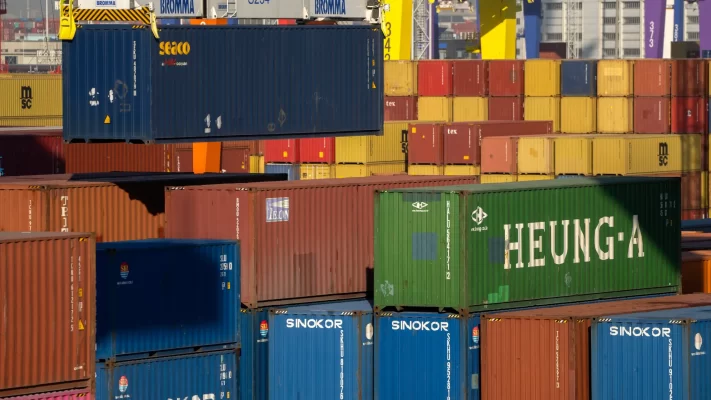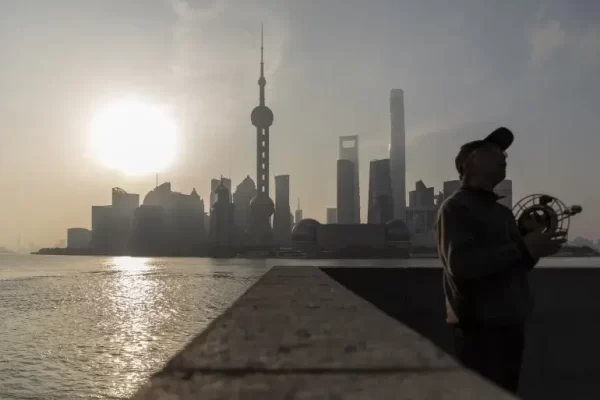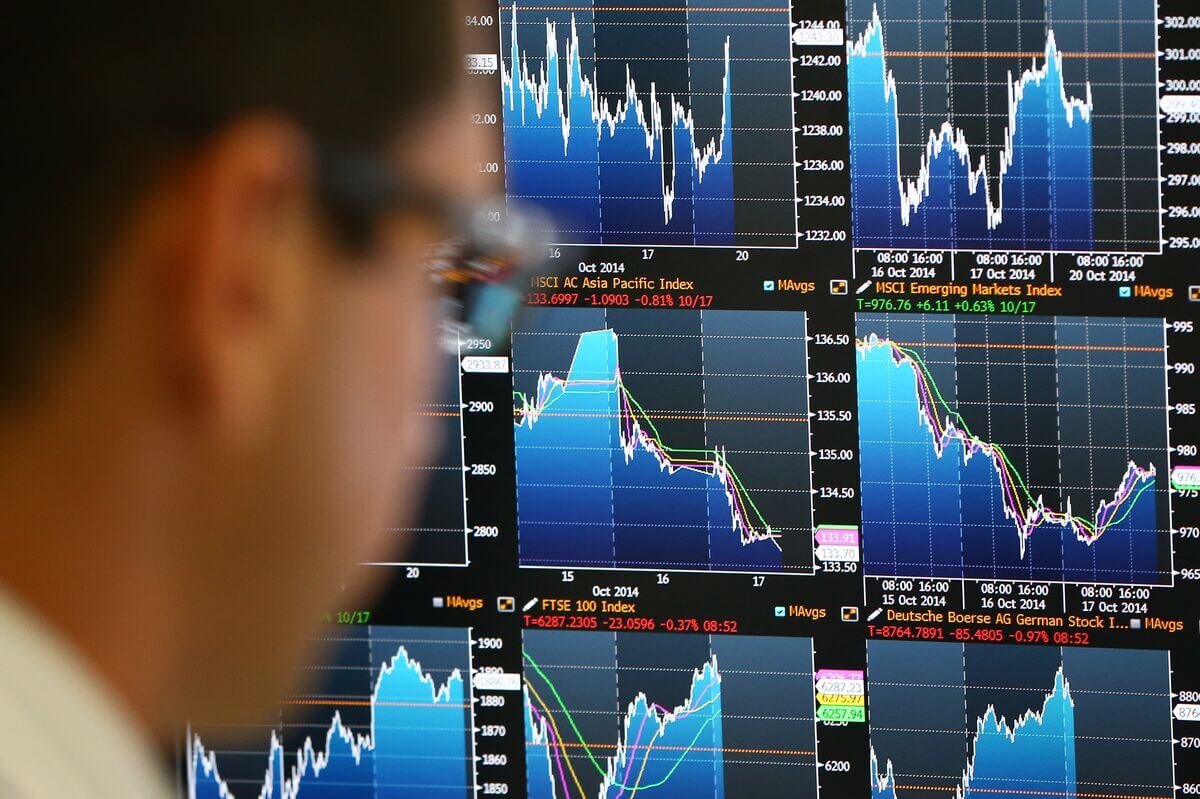China Trade Slows in May, Indicating Economic Recovery is Stalling
China trade performance in May painted a picture of an economic recovery losing momentum. Both exports and imports saw declines, indicating weakened global demand as a result of higher interest rates.
The country’s exports fell by 7.5% compared to the same period last year, reaching $283.5 billion, while imports dropped by 4.5% to $217.7 billion. The trade surplus narrowed by 16.1% to $65.8 billion.
The weakening China trade situation adds to the downward pressure faced by China’s economy. The lackluster factory and consumer activity, along with a rise in youth unemployment, further contribute to the challenges.
Experts predict that China’s exports will continue to remain subdued, with the anticipation of a potential U.S. recession.
The rebound experienced in factory output and consumer spending after the lifting of COVID-19 restrictions is showing signs of plateauing, while retail spending is recovering at a slower pace than expected. Concerns about the economic outlook and job losses are making consumers cautious.
Factors Behind the Trade Slowdown

China’s factory activity is contracting, and employers are cutting jobs due to reduced demand for Chinese exports.
This reduction in demand is primarily a consequence of interest rate hikes in the United States and Europe, aimed at curbing inflation.
The Federal Reserve’s decision to raise its benchmark lending rate to a 16-year high has impacted Chinese exports to the U.S., which saw a significant decline of 18.2% to $42.5 billion.
Imports of American goods also sank by 9.9% to $14.3 billion. The China trade surplus between China and the U.S. narrowed by 21.9% to $28.1 billion.
China’s economic growth in the first quarter of the year accelerated to 4.5% compared to the same period last year, surpassing the previous quarter’s growth of 2.9%.
However, further acceleration is required to meet the Communist Party’s growth target of approximately 5% for the year.
April’s data indicates a loss of steam in China’s domestic demand recovery following the initial reopening-induced bounce.
You may also like: Global Auto Market Shows Recovery, McLaren Applies Racing Tech to Road Vehicles and More
China Trade with Russia and Europe

China’s imports from Russia, mainly oil and gas, witnessed a 10% increase compared to the previous year, reaching $11.3 billion. On the other hand, exports to Russia experienced a significant surge of 114% to $9.3 billion.
China’s increased energy purchases from Russia have helped support the Kremlin’s cash flow, as Western countries reduced their imports from Russia in response to President Vladimir Putin’s invasion of Ukraine.
Furthermore, China’s imports from the European Union declined by 38.6% to $24.5 billion, and exports to Europe decreased by 26.6% to $44.6 billion. Beijing’s trade surplus with Europe narrowed by 3% to $20.1 billion.
For the year so far, China’s imports have fallen by 6.7% compared to the same period last year, amounting to just over $1 trillion, while export growth has been close to zero. Exports have only seen a slight increase of 0.3%, reaching $1.4 trillion.
The challenges posed by weakened global demand and the impact of higher interest rates have contributed to this lackluster China trade performance.
China trade figures for May reveal a slowing economy, with declining exports and imports. Weakened global demand and the effects of higher interest rates have hindered the country’s economic recovery.
China faces additional challenges such as lackluster factory and consumer activity, as well as a surge in youth unemployment.
The future of China’s exports remains uncertain, with expectations of a potential U.S. recession.
The China trade data also highlights the need for China to sustain and accelerate its economic growth to meet the Communist Party’s growth target.
The declining trade performance extends beyond the United States, with trade dynamics shifting with both Russia and Europe. These trends emphasize the ongoing complexities and interdependencies of the global economy.





